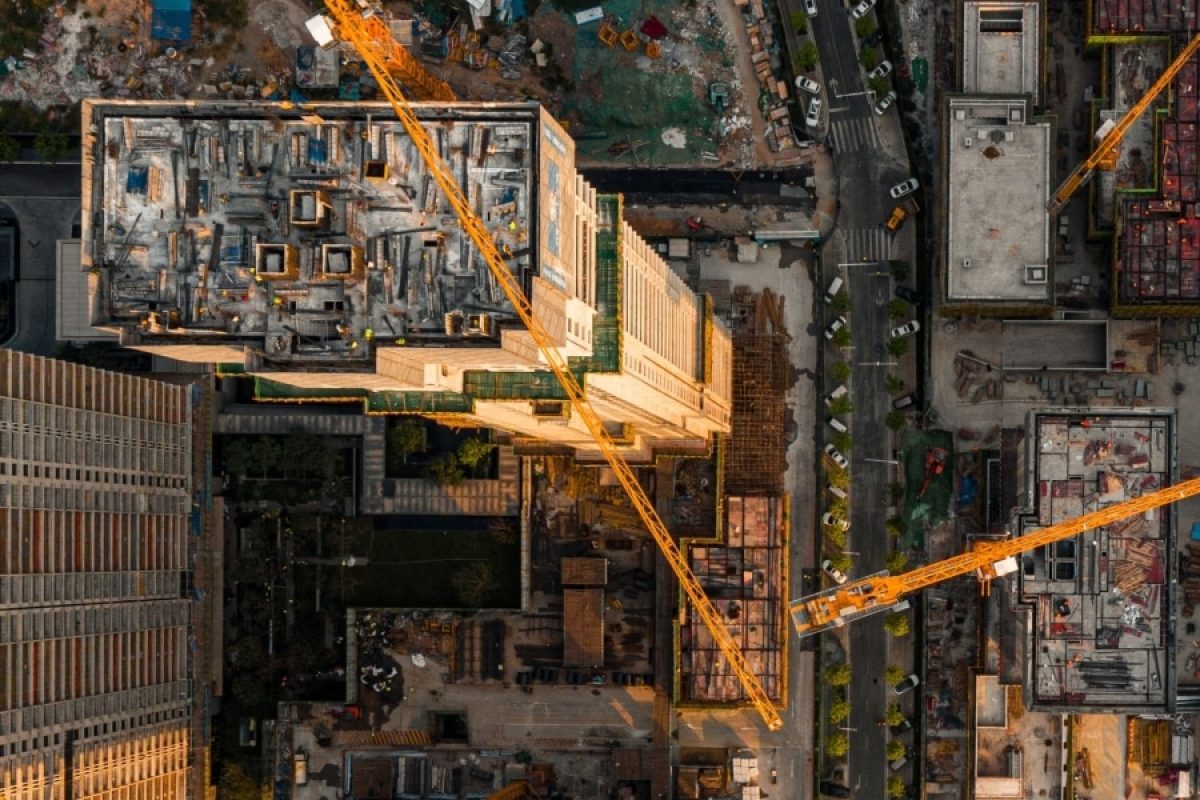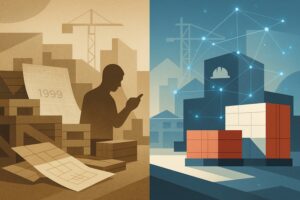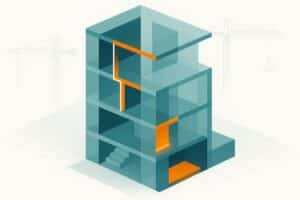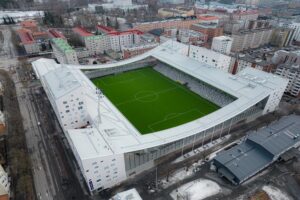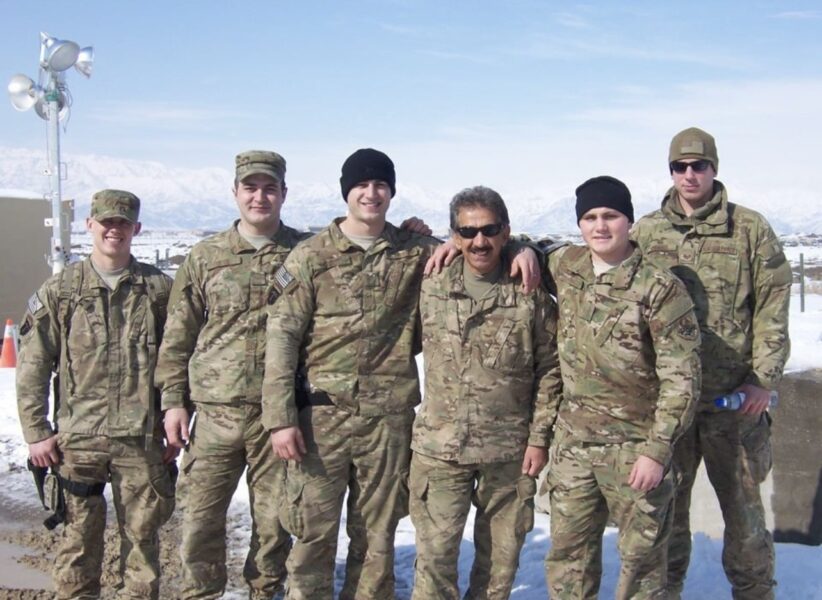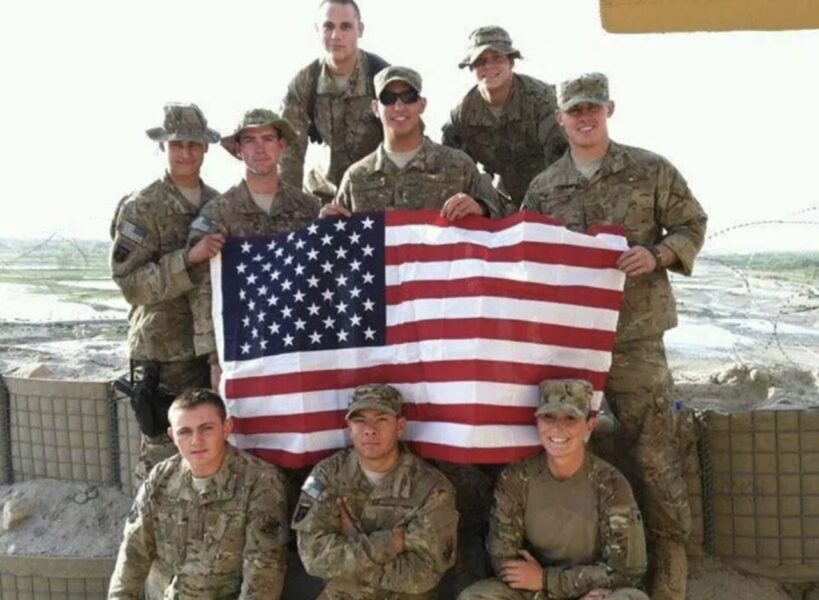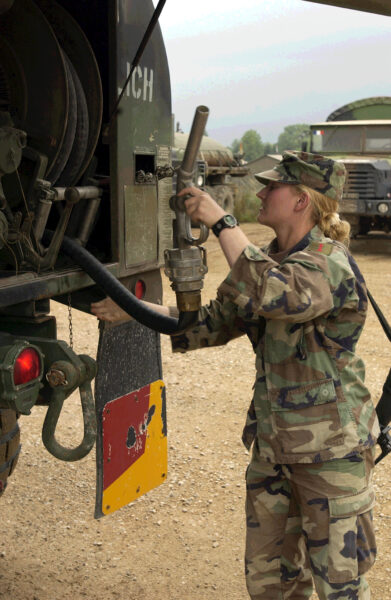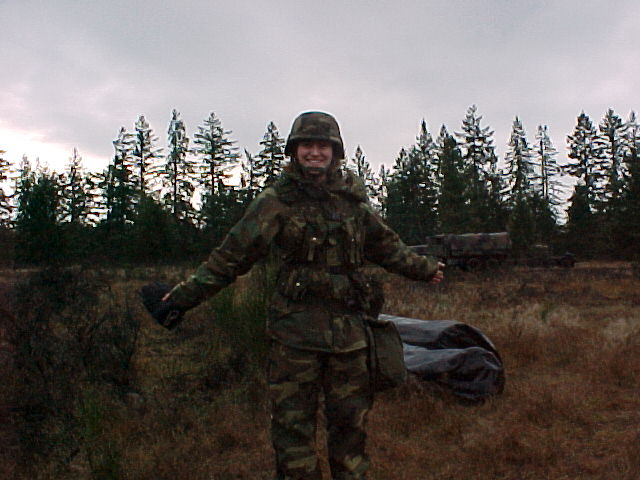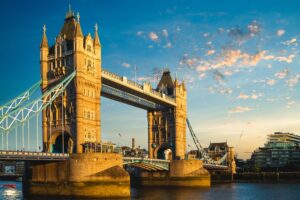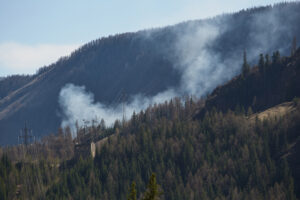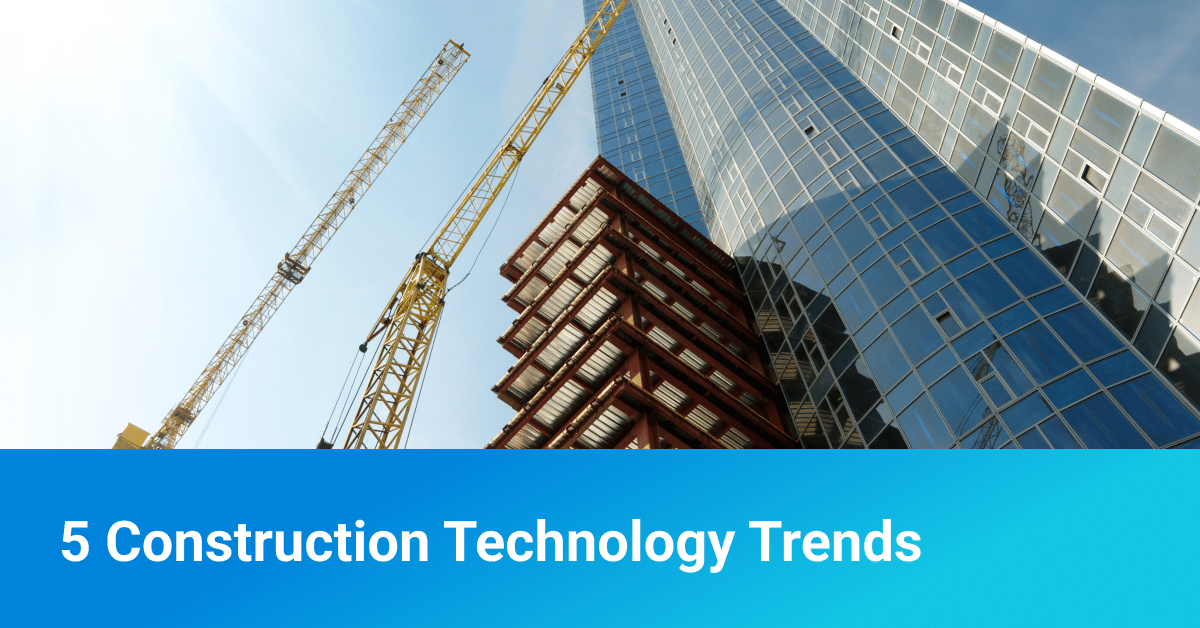Across construction, one complaint echoes from project to project: the workload is climbing while the workforce is shrinking.
The labor shortage already stretches teams thin — and supply chain chaos piles on more pressure. A May 2025 industry poll found that 71% of respondents cited material availability and supply chain issues as the leading cause of construction project delays. No wonder owners and project managers scramble daily to keep things moving.
Something has to give. And for some, that means turning to agentic AI — not to replace people, but to relieve pressure on human teams and squeeze more value out of the resources they have.
That’s where Ojonimi Bako and Nick Selz come in.
From Walmart and Google to Construction
Bako, a mechanical engineer, spent years refining Walmart’s e-commerce strategy and operations before starting his own construction business. That’s when he ran headfirst into the industry’s messy supply chain reality.
His idea: merge his expertise in retail logistics with Selz’s background in systems design at Google. Together, they built Kaya AI, a platform aimed at fixing construction’s most painful bottleneck.
“Between our tech and construction backgrounds, we saw a massive problem in the construction supply chain space,” Selz said. “So many processes are manual, time-consuming and prone to human error. Meaningful insights that could have a measurable impact on projects often go unnoticed.”
AI That Thinks Like a Project Team Member
Kaya AI is designed to facilitate better collaboration and communication between stakeholders — general contractors, project managers and executives alike.
“The thing I love and find so interesting about the supply chain is it’s an incredibly collaborative workstream,” Selz said. “The different stakeholders on projects are actually on the same team.”
The stakes are real: if a generator lands on site four weeks early, nobody benefits. “Better collaboration and coordination are in everyone’s best interest.”
Here’s how it works:
- Kaya AI digests construction data: drawings, specs and equipment lists.
- It cross-checks for missing items and connects equipment lists to scheduling and submittals.
- The result: a holistic view of what needs to be onsite, when and with which approvals.
And instead of asking crews to learn yet another system, Kaya uses autonomous AI agents that communicate by text, phone or email. To suppliers and contractors, it looks like the usual lead-time confirmation requests, but behind the scenes, AI is handling the heavy lifting.
Meet Jarvis, the AI Assistant
One example is Jarvis, Kaya AI’s project management agent.
“Jarvis helps customers identify schedule risk sooner,” Selz said. Project managers often miss the dependencies between fabrication, shipping and the submittal approval process. Jarvis surfaces those risks in real time.
“For example, when the lead time changes, Jarvis gathers that data and alerts you via text with a new submittal approval date.”
While the platform includes a web-based app and dashboards, Selz says most stakeholders still interact through everyday channels.
“It works with the communication channels they’re already using, meaning they don’t have to learn a new system or download another app.”
Kaya also integrates directly with scheduling and submittal software, cutting down on re-entry and manual work. Users can even generate calls, emails and texts to release project data or validate lead times. “That is saving folks a tremendous amount of manual work.”
From Pilot to Billions in Active Projects
Founded in 2023, Kaya AI was accepted into the Suffolk BOOST Accelerator and quickly found traction.
“We’re now the most quickly adopted software in Suffolk’s portfolio,” Selz said. Client projects span everything from single-family homes to data centers. “Everyone has issues with the supply chain, and we’re grateful we’re able to help.”
Following its official 2024 launch, Kaya now manages supply chain coordination across billions of dollars in active construction projects.
Selz sees it as more than a business opportunity. “Ultimately, I think integrating tools like AI can enable teams to do more with the same number of workers. That’s going to be imperative to the survival of the industry.”
The Human Factor
Still, Selz is quick to note: AI won’t replace people in construction.
“There’s too much complexity and risk in construction to turn any project over to AI. This is about how to capitalize on the strengths of AI, such as its ability to analyze data, recognize patterns and expand your team’s capabilities. That gives humans time to focus on the higher-order strategic work and relationships that this industry is built on.”
The Hard Truth
Supply chain headaches are crushing projects. AI alone won’t solve them. But platforms like Kaya AI point to a smarter path forward — one where machines crunch the numbers and humans focus on building.
Because if construction keeps running supply chains like it’s 1999, the industry’s survival is what’s really at risk.

